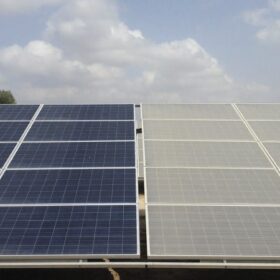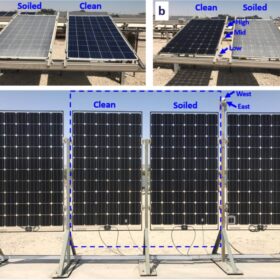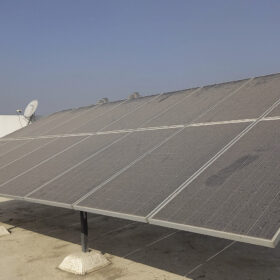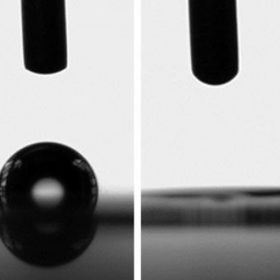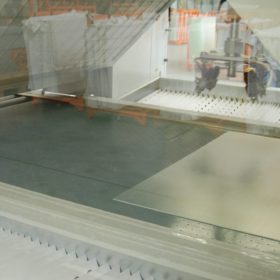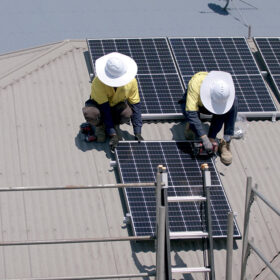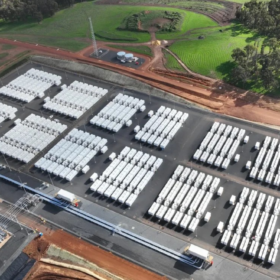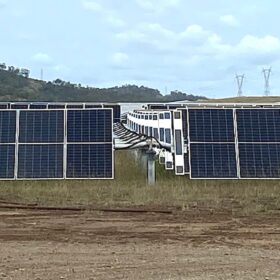Wind tunnel tests show spacing between panels is key to reduce soiling
Scientists have placed four PV panels in a 21-metre wind tunnel and run different tests regarding tilt angles, mounting height, spacing, and incoming flow direction. They found that when the spacing between panels exceeds twice the panel height, the mutual influence on dust deposition becomes negligible.
East-west vertical PV as antidote for soiling in desert regions
New research shows that east-west-oriented vertical PV installations can significantly help reduce soiling in desert environments. The scientists found that PV power generation can be up to 9% higher in vertical systems compared to conventional arrays.
Inside the impacts of soiling
Scientists in India carried out a comprehensive study into the impacts of soiling on PV modules – measuring the amount of performance loss caused by different types of dust and bird droppings, and for modules installed at various tilt angles, in the hot-dry climate of Vellore in southern India. Their findings could allow developers to better take into account and mitigate the effects of soiling during site selection and system design.
Scientists unveil dirt-repellent coating for solar panels
Researchers from Germany’s Fraunhofer FEP have unveiled a dirt-repellent coating for solar panels. The material is reportedly able to acquire superhydrophilic properties at night and wash away accumulated dirt with the aid of beads of moisture.
Anti-soiling nanocoating for large-scale PV
Dutch company Rads Global Business has developed an anti-soiling coating for solar PV modules that is claimed to reduce cleaning cost by around 60%. The anti-reflective and anti-corrosive coating is also said to mitigate potential-induced degradation (PID).
